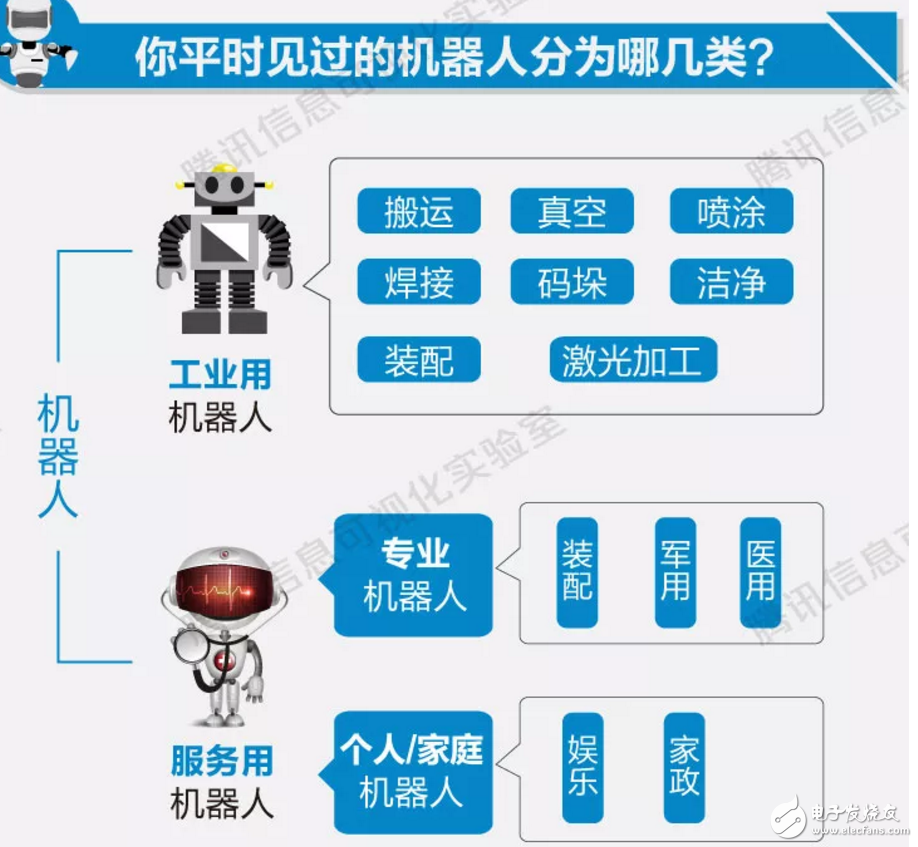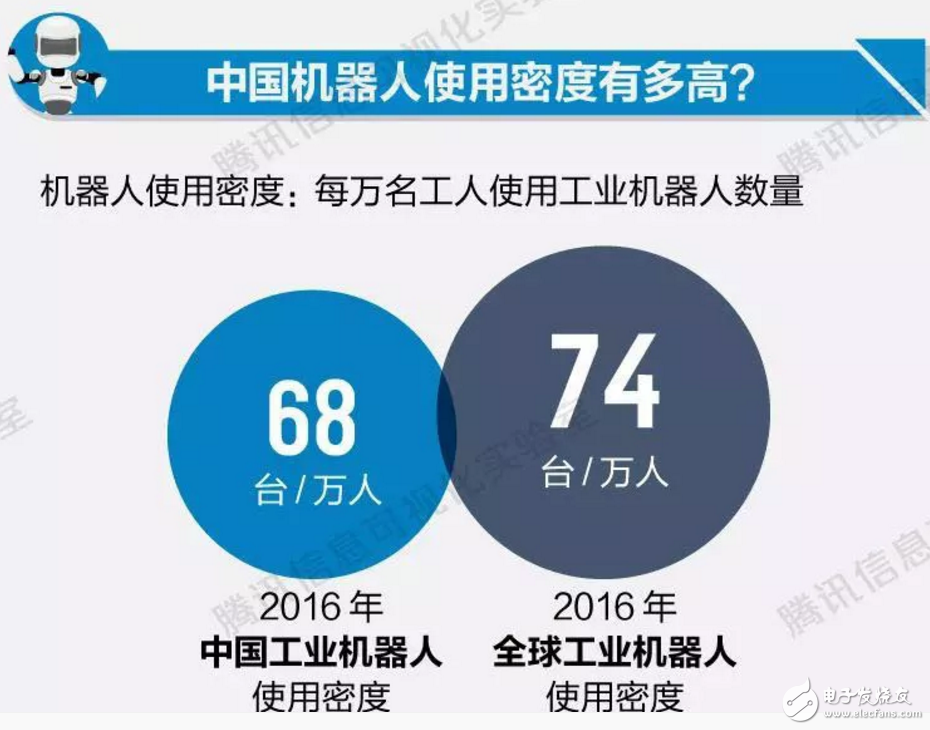For those who don't understand industrial robot training, they will think that only those college graduates who can't find a job will go to participate in industrial robot training at their own expense. Actually, there are many graduates, but there are also many elderly people in the workplace. Whether it is a college student who has just come out of the ivory tower, or a social person who has been in the workplace for several years.

When they decide to upgrade themselves through industrial robot training, they will all be exposed to the crisis awareness of career development and self-development.
For example, the student who had just graduated from the school. Before attending Chengdao Industrial Robot Training, the student had already received the offer of a Fortune 500 factory. However, in order to develop his career, Sun did not accept the offer, since he decided to participate in industrial robot training.
When we are still immersed in the decisive rejection of him, and he regrets it, he may have clearly realized this -
According to the McKinsey report, 800 million people worldwide will be unemployed by the rise of robots by 2030. Of these, 375 million people, or 14% of the global population, may have to find a new job in a new industry.
We always feel that our existing work is replaced by robots, which is always out of reach.
What are the robots you have seen before?
Robots can be divided into: industrial robots and service robots. As the name suggests, industrial robots are industrial-purpose robots, which are mainly used in industrial manufacturing and processing.
Service robot: mainly used for robots involved in personal, family life and entertainment. Today we will focus on industrial robots.

As early as 2016, industrial robots sold 300,000 industrial robots worldwide. Industrial robot manufacturers are mainly distributed in Switzerland (ABBstaubli), Germany (kuka), the United States (adept), Italy (comau), Japan (fanuc, yaskawa, kawiasaki).
So, how high is the density of industrial robots used in China?
The density of industrial robots used in China is based on the 2016 data as follows:

With the "Robot Industry Development Plan (2016-2020) proposed: by 2020, China's manufacturing industrial robot density will reach 150 or more. This plan proposes that 2006 will become the turning point of the industrial robot industry.
In 2016, the global industrial robot downstream applications are mainly used for: 35% automotive industry, 31.02% electronic and electrical industry, 15.91% in chemical industry, 9.75% metal industry, 2.79% food industry, and the remaining 5.44% in other industries.
By 2030, many Chinese chefs and mechanics will be unemployed. The McKinsey Global Institute's report "Labor Change in the Age of Automation" shows that by 2030, China's labor demand will be reduced by 16 million from 2016. The basic work represented by mechanics and chefs will be reduced by 3.6 million. This can't help but remind Xiaobian of the Japanese robot restaurant, which is perhaps the most powerful proof.
Artificial intelligence will create some new jobs while replacing some positions. For example: industrial robot application commissioning engineer. Statistics show that each AI robot creates about 3.6 jobs.
Therefore, we must rationally treat the impact of artificial intelligence on employment without blind pessimism.
What do you think of your core competitiveness? In an era of ever-changing technology, how do you feel about improving your competitiveness?
Stretch Bar Display,Stretched Bar Lcd Display,Digital Advertising Screen,Stretch Bar Lcd Display
APIO ELECTRONIC CO.,LTD , https://www.displayapio.com